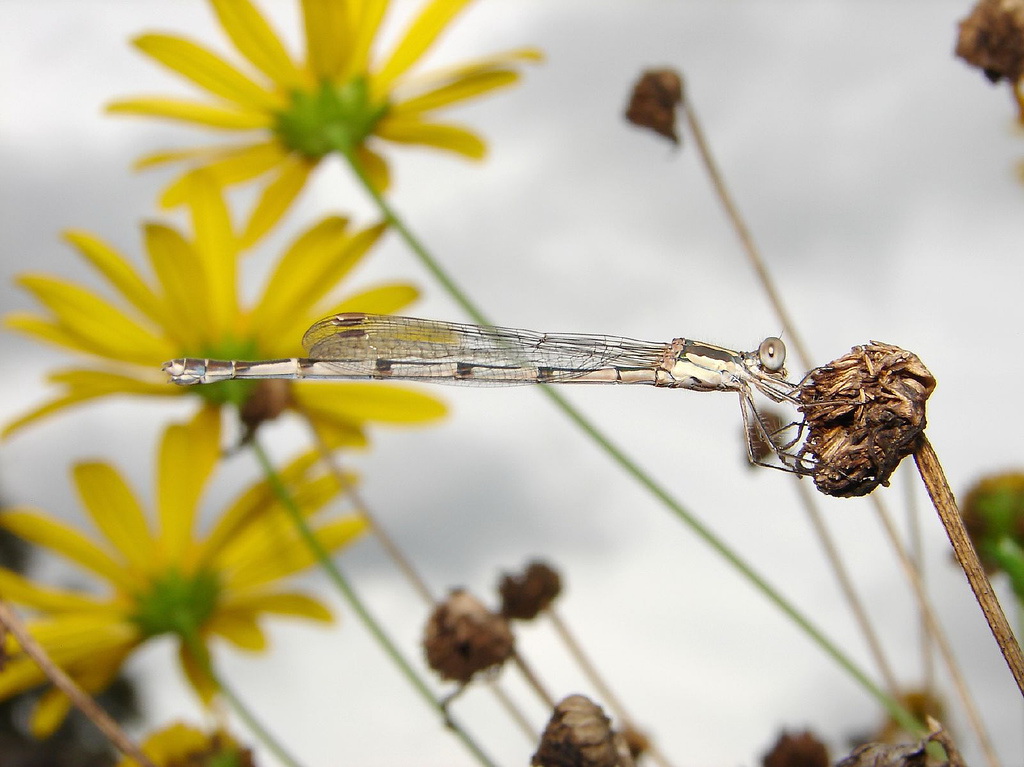Weekly Science Picks

Here we are again! It’s our turn to provide you with the best highlights for the last week. A lot of things have happened during the last 7 days, but what have attracted our attention the most are the stories which come as follows. An interesting question we can notice here is related to the future of the robotics. Try to imagine that your boss is, for instance, a machine. How cool would that be? Sounds futuristic? Well, yes and no. We are already going that way… Let us show you how and much more. Fasten your seatbelts and we can start.
Are we about to see the rise of robot bosses?
The idea that robots and algorithms will take jobs is a common concern about the future. As Bill Gates argued earlier this year: “20 years from now, labour demand for lots of skill sets will be substantially lower.” Automation has already removed the need for humans in many workplaces, from building cars in factories to taking bookings in call centres. And scientists at Birmingham University in the UK are testing whether an autonomous security guard can do a real job in a working office.
Mountain top in Chile to be blasted off for Extremely Large Telescope
The European Extremely Large Telescope, or E-ELT, will serve astronomers and cosmologists for generations to come. Size, as the name implies, matters. Some 2,500 tonnes of steel rigging are on order to hold a primary mirror nearly 40m wide. That is large enough to see the faintest light from the earliest stars, and pick up signs of life on planets far beyond our solar system.
It’s like Tinder… for cows
What is so extraordinary about the secret lives of cows, you ask? Well, quite a lot it turns out. Understanding a dairy cow’s eating habits, knowing with certainty when they’re in heat, and how they’re feeling generally, impacts a farmer’s management practices and can be the difference between a farm’s profit or loss.
New horned dinosaur reveals unique wing-shaped headgear
A new species of horned dinosaur has been named Mercuriceratops gemini: Mercuriceratops (Mercuri + ceratops) means “Mercury horned-face,” referring to the wing-like ornamentation on its head that resembles the wings on the helmet of the Roman god, Mercury. The name “gemini” refers to the almost identical twin specimens found in north central Montana and the Dinosaur Provincial Park, in Alberta, Canada. The dinosaur had a parrot-like beak and probably had two long brow horns above its eyes. It was a plant-eating dinosaur.
That’s all for this weekly review. Until next time, please stay tuned. We are coming with new stories!
 Follow
Follow
1 thought on “Weekly Science Picks”
Comments are closed.